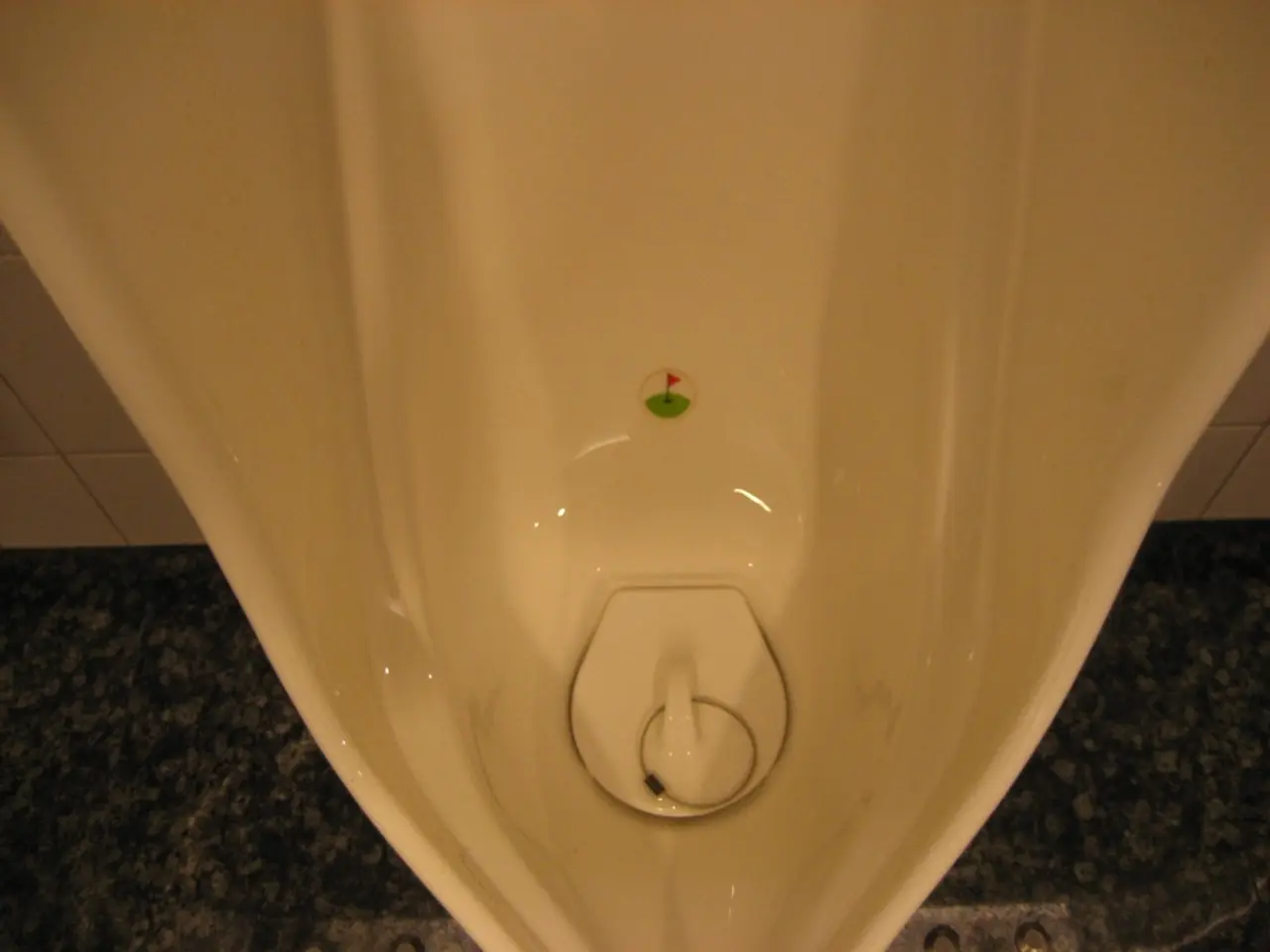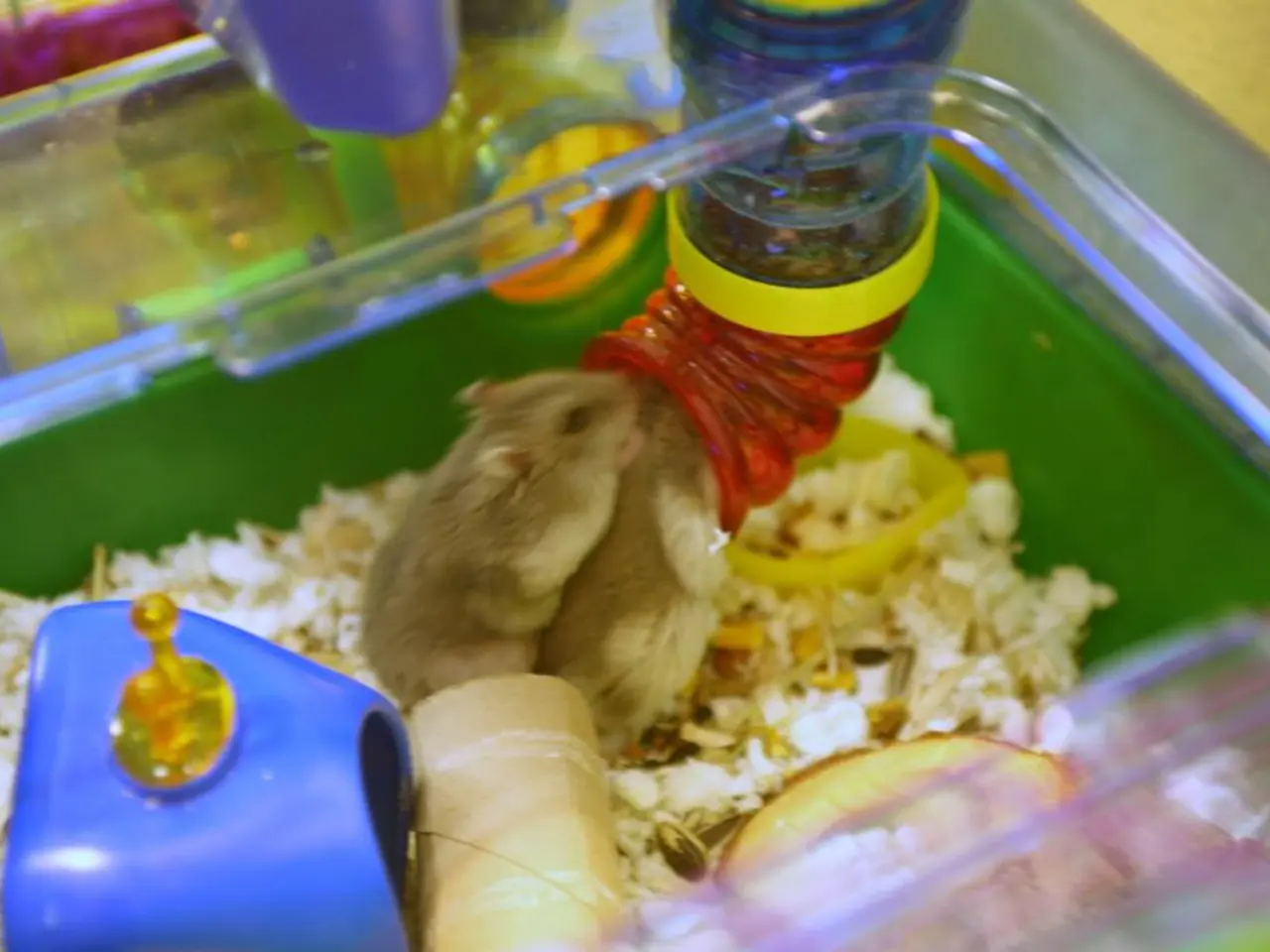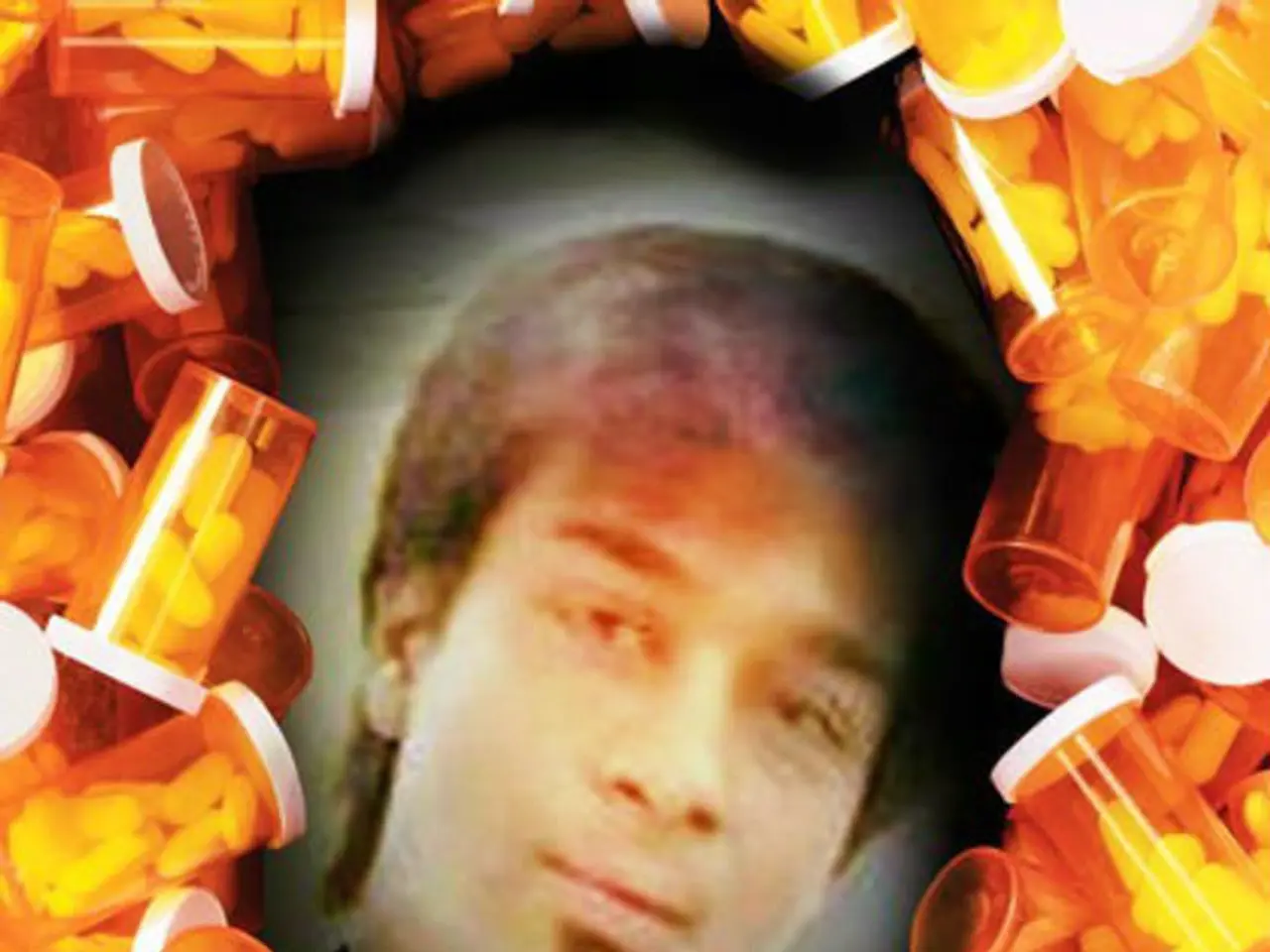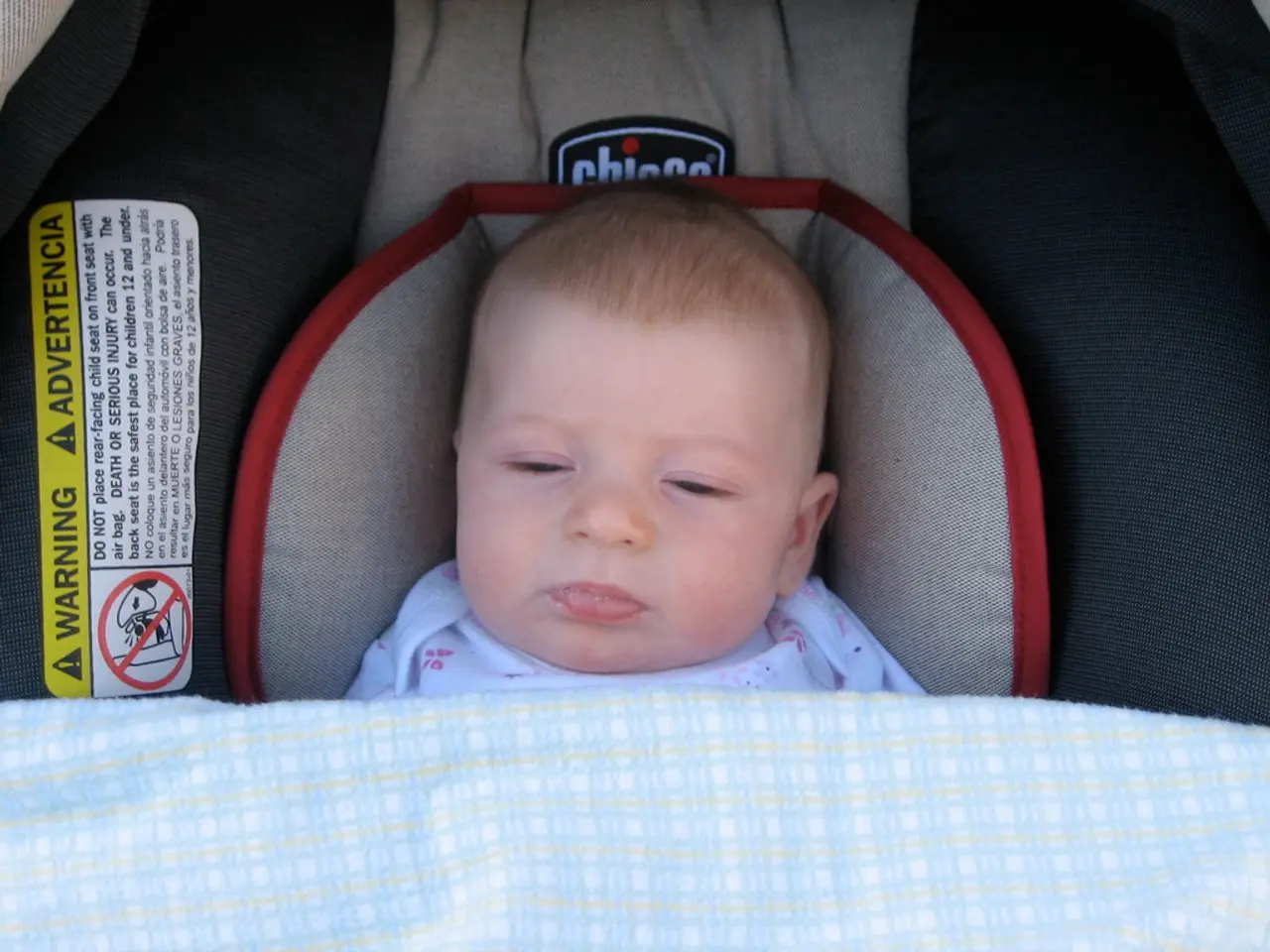Connections between Restless Legs Syndrome, Overactive Bladder, and Restless Genital Syndrome: An Examination
Restless Leg Syndrome (RLS), Overactive Bladder Syndrome (OAB), and Restless Genital Syndrome (RGS) share a connection through overlapping neurological and possibly circulatory dysfunctions. These conditions, while distinct, often coexist and share common symptoms related to discomfort and involuntary sensations or urgency.
Underlying Causes and Pathophysiology
All three conditions may involve dysfunction in nervous system signaling. RLS, characterised by an uncontrollable urge to move the legs due to uncomfortable sensations, is linked to nervous system imbalance and neurotransmitter irregularities, such as dopamine dysfunction and low iron or magnesium levels.
OAB involves overactive bladder muscle contractions often due to improper signaling between the bladder and the brain. RGS is conceptually close to RLS but affects the genital area with similar restless sensations; it is considered part of a spectrum of neurologically-driven sensory disorders.
These syndromes might share central nervous system sensitization or abnormal sensory processing, a key theory in conditions like fibromyalgia that also feature sensory amplification.
Shared Symptoms
- Involuntary sensations: RLS causes leg discomfort and restlessness; RGS causes genital restlessness or discomfort; OAB causes bladder urgency and frequent urination.
- Sleep disruption: Both RLS and OAB frequently disrupt sleep due to discomfort or nocturia (nighttime urination).
- Possible circulatory involvement: Poor circulation might exacerbate RLS symptoms and also contribute to symptoms like nocturia associated with OAB.
Treatment Approaches
Treatments often aim at correcting nervous system imbalances, such as supplementing iron or magnesium for RLS. Medications that modify neurotransmitter activity (dopaminergic agents) for RLS might have some conceptual overlap with managing bladder muscle overactivity in OAB, which may involve antimuscarinics or beta-3 adrenergic agonists to reduce involuntary contractions.
Lifestyle changes including improving circulation (e.g., compression socks for leg swelling) might help nocturia and indirectly influence related restlessness symptoms. Addressing shared risk factors like chronic inflammation or stress may benefit all conditions due to their effects on nervous system function.
Management and Prevention
Lifestyle changes, such as limiting alcohol, quitting smoking, exercising regularly, practicing good sleep hygiene, avoiding trigger foods, and reviewing medications with healthcare providers, can help relieve symptoms of RLS, OAB, and RGS. Medical devices, such as a foot wrap and a vibration pad, have been approved by the FDA to help relieve RLS symptoms.
Kegels can help strengthen the pelvic floor and prevent unintentional urine leaking in people with OAB. In some cases, Botox may be suitable for treating OAB, as it relaxes the muscles of the bladder wall and reduces the urge to urinate.
It's important to note that while having a diagnosis of RLS, OAB, or RGS does not necessarily mean that a person will develop Parkinson's disease, symptoms may worsen over time as a person ages and may worsen faster in people with associated medical conditions.
In summary, RLS, OAB, and RGS are linked primarily through shared neurological mechanisms involving sensory and motor nerve dysfunction with overlapping symptoms such as unpleasant sensations and sleep disturbances. Treatments therefore often focus on managing nervous system function and mitigating symptoms through pharmacological and lifestyle interventions targeting these underlying mechanisms.
- The connection between Restless Leg Syndrome (RLS), Overactive Bladder Syndrome (OAB), and Restless Genital Syndrome (RGS) is rooted in neurological and possibly circulatory dysfunctions.
- These medical-conditions, even though distinct, frequently coexist and manifest through discomfort and involuntary sensations.
- Science suggests that all three conditions may involve dysfunction in nervous system signaling.
- RLS is characterized by an uncontrollable urge to move the legs due to uncomfortable sensations, which is linked to nervous system imbalance and neurotransmitter irregularities.
- OAB involves overactive bladder muscle contractions, often due to improper signaling between the bladder and the brain.
- RGS, while conceptually close to RLS, affects the genital area with similar restless sensations and is considered part of a spectrum of neurologically-driven sensory disorders.
- These syndromes might share central nervous system sensitization or abnormal sensory processing, a key theory in conditions like fibromyalgia.
- Involuntary sensations in RLS cause leg discomfort and restlessness, RGS causes genital restlessness or discomfort, and OAB causes bladder urgency and frequent urination.
- Both RLS and OAB frequently disrupt sleep due to discomfort or nocturia (nighttime urination).
- poor circulation might exacerbate RLS symptoms and also contribute to symptoms like nocturia associated with OAB.
- Treatments for RLS often aim at correcting nervous system imbalances, such as supplementing iron or magnesium, and medications that modify neurotransmitter activity.
- Lifestyle changes, like improving circulation, addressing shared risk factors (chronic inflammation or stress), and limiting alcohol, quitting smoking, exercising regularly, practicing good sleep hygiene, avoiding trigger foods, and reviewing medications with healthcare providers, can help relieve symptoms of RLS, OAB, and RGS.
- Management and prevention of RLS, OAB, and RGS involve a combination of medical and lifestyle interventions, as well as consideration of various personal-finance aspects, data-and-cloud-computing, and technology to ensure effective care and improved health-and-wellness, therapy-and-treatments, mens-and-womens-health, mental-health, pets, relationships, travel, business, home-and-garden, and sports throughout the life span, including appropriate neurological-disorders management, chronic-diseases care, individual finance planning, and overall lifestyle adjustments.




